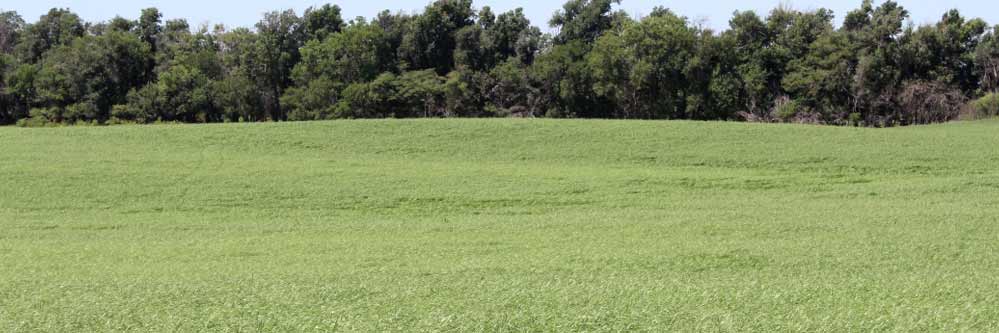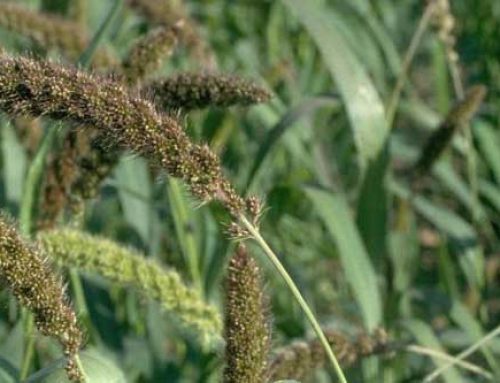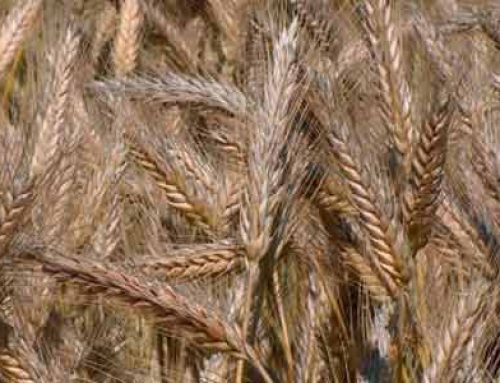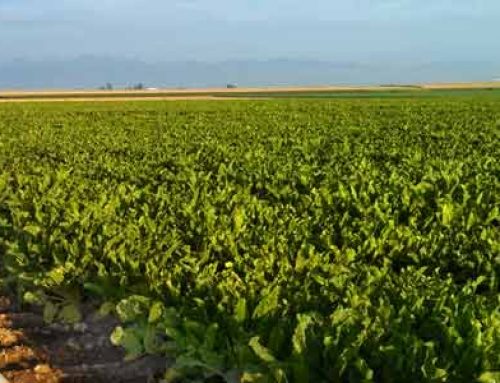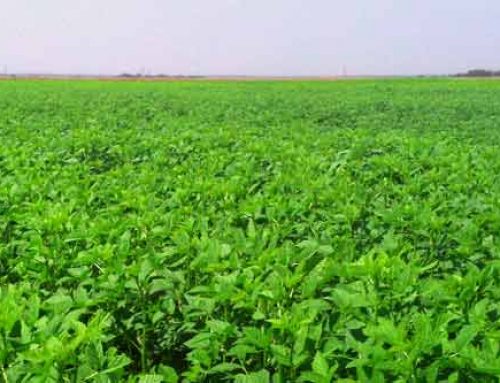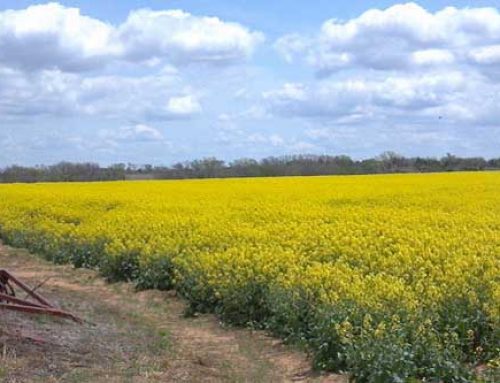With the recent dry summers in the Southern Plains, interest in moisture conserving alternative crops has increased. One new forage that has shown great potential in North Central Oklahoma is teff grass.
Teff is a summer annual forage native to Ethiopia that is very broadly adapted. It can tolerate a wide range of soil conditions, from soils that are poorly drained to those that are prone to severe drought. It is a low input forage that is extremely efficient in terms of nutrient use. It can be planted on both dryland and irrigated acres.
Teff is planted when soil temps reach a minimum of 65 degrees at dawn. The seedbed should be clean and firmed ahead of planting. Teff is best planted into a tilled seedbed; stands can be extremely erratic if no-tilled. The seed should be planted no deeper than two tenths of an inch to prevent emergence issues given its small size. A clay-based coating pre-applied to the seed is available to aid in metering of the seed at planting and is strongly suggested, given the extremely small size of the seed (approximately 1.2 million seeds per pound).
Compared to other grass forages, teff is a very efficient user of nutrients. Nitrogen use rates are fairly low, with a typical application rate ranging from 50 to 100 pounds of actual N for a season, depending upon the yield goal for the field. Phosphorus and potassium should be applied per soil test results for newly established grass pastures. Given its broad adaptation, teff can tolerate both low and high pH fairly well without amending the soils for pH.
No herbicides are currently labeled for use specifically in teff. However, a herbicide study conducted by Oregon State University Extension in 2009 evaluated several products for use in teff. Some of the herbicides tested were shown to have adequate crop safety while providing good control of weeds. Most of these do have general grass or pasture labels that would permit use in teff. One thing learned from our experience here was to try to pre-germinate the weeds ahead of planting. This allowed for a preplant application of Roundup or Gramoxone to help clean up sandbur and tougher broadleaves such as Palmer amaranth. Teff should be kept clean until it is fully established; it is very competitive once it reaches a height of six to eight inches.
The first cutting of teff generally occurs at early boot stage or approximately 45 to 55 days after planting. Subsequent cuttings are usually harvested on a 28 day cutting schedule. Single harvest hay yields are often in the one and a half to two and a half tons per acre with quality comparable to other forages such as timothy grass. Teff is extremely safe for livestock consumption, with little potential for either prussic acid poisoning or nitrate accumulation. Summer yields have ranged from four to seven tons per acre of dry hay when planting improved forage type teff varieties. Teff can be harvested as dry hay, silage or even grazed.
Written by: Tom Stebly, Enid, Oklahoma
